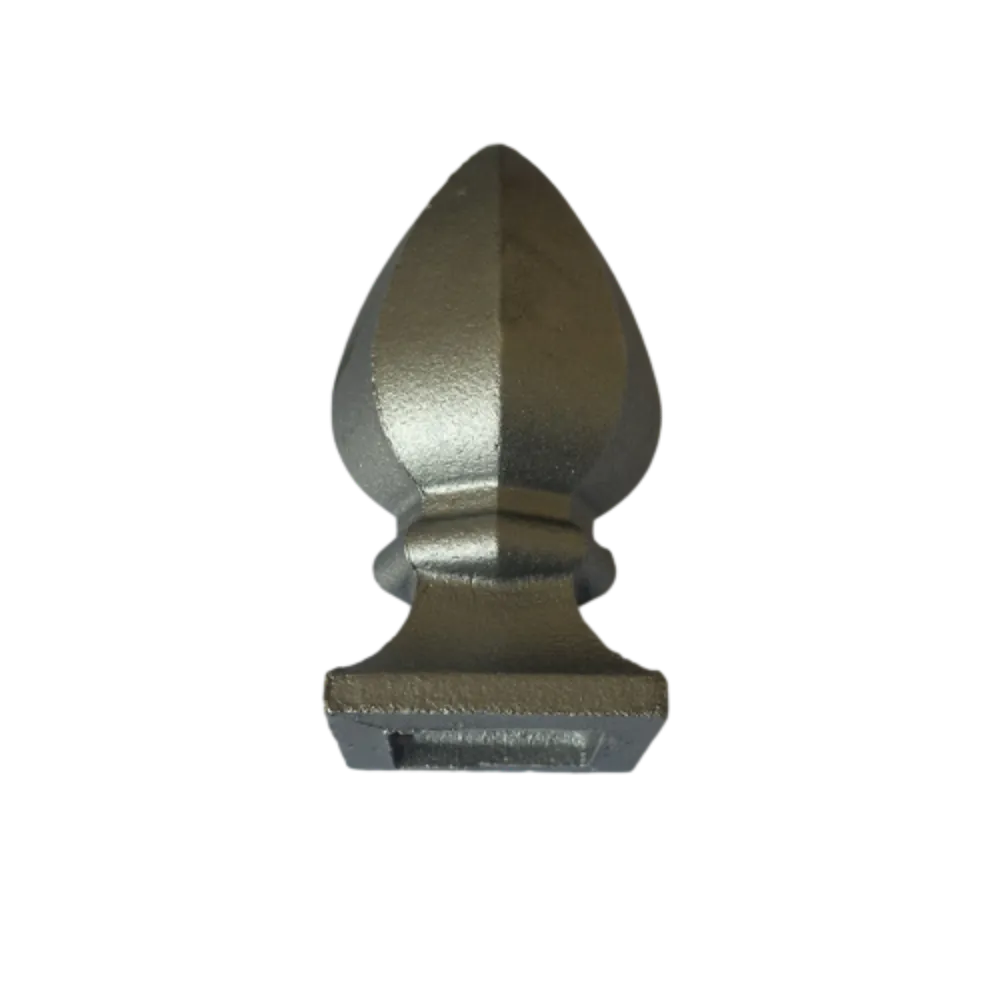Durable Cast Iron Gate Designs for Stunning Outdoor Spaces and Security
The Allure and Practicality of Cast Iron Metal Gates
Cast iron has long been celebrated for its unique combination of strength, durability, and aesthetic appeal. One of the most enduring applications of this remarkable material is found in the construction of metal gates. Cast iron gates serve not only as functional barriers but also as stunning architectural features that can enhance the beauty and character of any property.
The Historical Significance of Cast Iron Gates
The use of cast iron in gate manufacturing can be traced back to the early 19th century during the industrial revolution when advancements in casting techniques made it possible to produce intricate designs at a relatively low cost. Historically, cast iron gates adorned the entrances of grand estates, public parks, and prominent buildings. Their intricate designs often featured ornate patterns, floral motifs, and symbolic shapes, reflecting the artistic sensibilities of their time.
These gates were not merely decorative; they served as formidable barriers against intruders while simultaneously allowing light and visibility. The transparency created by the open designs fosters a sense of openness, a characteristic often desired in residential and public spaces. As an architectural element, cast iron gates have transcended time, maintaining their popularity in modern design.
The Durability of Cast Iron
One of the most compelling reasons for the continued use of cast iron in gate construction is its exceptional durability. Unlike wood or other materials that may warp or degrade over time, cast iron withstands the elements with minimal maintenance. It is resilient against rusting and, when properly maintained, can last for generations.
Modern treatments, such as powder coating and galvanization, further enhance the longevity of cast iron gates, making them suitable for various climates and environments. This durability translates into a lower overall cost of ownership since homeowners do not need to frequently replace or repair their gates.
cast iron metal gate

Aesthetic Appeal
The visual impact of cast iron gates cannot be overstated. The ability to produce detailed designs allows artisans to create gates that are not only functional but also works of art. Whether one prefers a classic wrought iron look, resembling intricate scrollwork and arches, or a more contemporary style with sleek lines and geometric shapes, cast iron can accommodate diverse tastes.
Moreover, these gates can be complemented by various finishes and colors, allowing homeowners to select hues that blend harmoniously with their property or stand out as bold statements. The versatility of cast iron ensures that it can enhance both traditional and modern architectural styles.
Security and Privacy
While aesthetic appeal is a significant consideration, security remains a primary function of any gate. Cast iron gates offer robust protection against unauthorized entry. Their sturdy construction, combined with locking mechanisms, provides a reliable deterrent to potential intruders. For homeowners seeking privacy, solid cast iron gates can also be designed with minimal openings to obscure the view from outside, creating a secure environment.
Conclusion
In conclusion, cast iron metal gates are a fusion of beauty, strength, and practicality. They not only serve as a gateway to a property but also enhance curb appeal and contribute to the overall aesthetic of a home or estate. With a rich historical background and an enduring presence in contemporary design, cast iron gates continue to captivate homeowners, architects, and designers alike. The combination of durability, minimal maintenance, and artistic expression makes cast iron an excellent choice for anyone looking to invest in elegant and lasting security solutions for their property. Whether standing tall at the entrance of a historic estate or gracefully framing a modern landscape, cast iron gates will always hold a prominent place in the realm of architecture.
-
Wrought Iron Components: Timeless Elegance and Structural StrengthNewsJul.28,2025
-
Window Hardware Essentials: Rollers, Handles, and Locking SolutionsNewsJul.28,2025
-
Small Agricultural Processing Machines: Corn Threshers, Cassava Chippers, Grain Peelers & Chaff CuttersNewsJul.28,2025
-
Sliding Rollers: Smooth, Silent, and Built to LastNewsJul.28,2025
-
Cast Iron Stoves: Timeless Heating with Modern EfficiencyNewsJul.28,2025
-
Cast Iron Pipe and Fitting: Durable, Fire-Resistant Solutions for Plumbing and DrainageNewsJul.28,2025
-
 Wrought Iron Components: Timeless Elegance and Structural StrengthJul-28-2025Wrought Iron Components: Timeless Elegance and Structural Strength
Wrought Iron Components: Timeless Elegance and Structural StrengthJul-28-2025Wrought Iron Components: Timeless Elegance and Structural Strength -
 Window Hardware Essentials: Rollers, Handles, and Locking SolutionsJul-28-2025Window Hardware Essentials: Rollers, Handles, and Locking Solutions
Window Hardware Essentials: Rollers, Handles, and Locking SolutionsJul-28-2025Window Hardware Essentials: Rollers, Handles, and Locking Solutions -
 Small Agricultural Processing Machines: Corn Threshers, Cassava Chippers, Grain Peelers & Chaff CuttersJul-28-2025Small Agricultural Processing Machines: Corn Threshers, Cassava Chippers, Grain Peelers & Chaff Cutters
Small Agricultural Processing Machines: Corn Threshers, Cassava Chippers, Grain Peelers & Chaff CuttersJul-28-2025Small Agricultural Processing Machines: Corn Threshers, Cassava Chippers, Grain Peelers & Chaff Cutters












